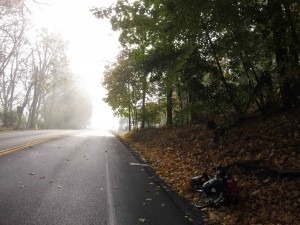04 Nov, 2011
With regard to energy, we are infants. Most of us live in blissful ignorance of the source of our comfort and light—both spiritually and physically. Energy is a mystery uncontemplated. Like a child watching a parent depart for work, we are vaguely familiar with where power lines lead and the process that results in the hum of the fridge, the pop of the toaster, or glow of the computer from which you read these words. But we rarely turn our thoughts to the source. This week, we face the tragedy of our ignorance in hopes of living more fully into the love of God and neighbor.
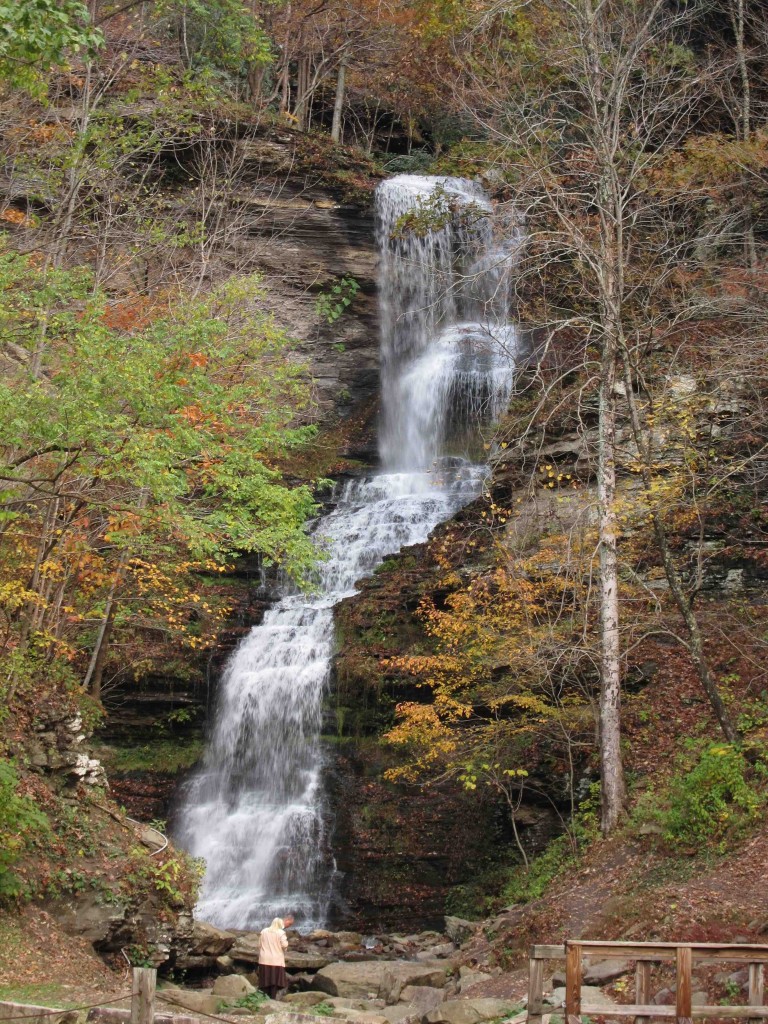
To get some idea of the scale of this waterfall, notice the people at the bottom. This is one of about 12 waterfalls I passed on my ride up to Fayette County and Gauley Mountain. The storm that brought snow to the mountains and the Northeast also brought the waterfalls back to life.
Just out of sight of the winding freeways and bucolic Appalachian vistas of rural West Virginia, the irreverent destruction known as mountaintop removal (MTR) is forever flattening some of the world’s oldest mountains in search of coal. In the process, water sources are polluted with arsenic, selenium, cadmium, and mercury—among others. The air has dangerous levels of silica and ammonium nitrate. These environmental changes have drastic effects on the health of people living in the region. For example, in areas where MTR is prevalent, 1 in 6 children has neurological damage resulting from mercury exposure. In those areas, there are 40% higher birth defects, and the average female life expectancy is 10 years less than in the rest of the country. Most adults have to have their gallbladders removed, and children frequently suffer from kidney stones. Both adults and children experience drastic hair loss. In Gallup Healthways studies of West Virginia, areas where MTR is most prevalent rank lowest in the 3 separate categories of physical, emotional, and hopes indices. The list of health concerns goes on and on.

The history of the coal companies' indifference to the health of their employees is long. This sign tells of a period in which workers were exposed to silica despite the fact that the companies were aware of the deadly effects it would have. Later this day, Fr. Roy Crist told me the story of his own father's death as a result of silica exposure.

Coal companies are now promoting the notion of coal as clean throughout the state. Most people seemed to think this is absurd.
If we claim to love our neighbors, we cannot ignore this issue. Fortunately, there are many faith-based organizations actively working to ending mountaintop removal. This week, I had the pleasure of meeting with a Christian leaders involved in those organizations. For example, Fr. Roy Crist is an Episcopal priest in Ansted, WV. Roy has been instrumental in ending MTR on Gauley Mountain, whose waters lead into the New River Gorge area. By demonstrating how MTR on Gauley Mountain affects the water quality in the area, Crist and a variety of other leaders were successful in two court cases that have halted coal extraction in that area.
Throughout the state, a group called Christians for the Mountains is actively working to diminish the effects of MTR. I had the pleasure of staying with coordinator Allen Johnson and his wife Debbie at their beautiful home just outside of Frost, WV. Aside from treating me to fresh food from their garden and eggs from their ducks, Allen and Debbie also gave me great insight as to the ins and outs of MTR in West Virginia. If you are interested getting involved or finding out more, check out www.christiansforthemountains.org or find the film “Mountain Mourning,” which has a number of portraits of Christian work related to MTR.
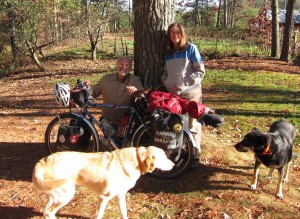
Thanks again to the Johnsons for their extraordinary generosity and insight! Looking forward to seeing you in DC!
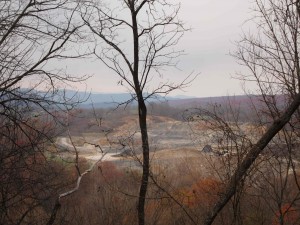
Because they are so unsightly, most MTR sights are well off the roads. Here's a small peak at one in the distance.
If you are new to mountaintop removal, I suggest you visit this site for a basic introduction to the process: http://www.ilovemountains.org/resources/#whatismtr. In addition to the basic facts of where, how, etc., this website also has a handy tool to help show how individuals play a role. If you’d like to see how your energy demands are connected to mountaintop removal, you can enter your zip code in at this site: http://www.ilovemountains.org/my-connection
To get an idea of how this is affecting the region, take a look at the following satellite view from google maps: http://maps.google.com/?ll=37.947988,-81.530914&spn=0.270191,0.545883&t=h&z=11&vpsrc=6 When you zoom in, you can see the destruction and get an idea of the scale. Try looking at the region northwest of Kayford. There, you can see the land around the ancestral home of Larry Gibson featured in the video below:
;
The history of suffering related to the extraction of coal in West Virginia is long and complex. The majority of people with whom I spoke throughout the state oppose the greed they observe in the coal companies, the politicians, and unions. However, I also talked to folks who depend on coal to make their living. It is worth noting that even miners and those involved with the treatment and shipping of coal tend to oppose mountaintop removal. One of the reasons for this opposition is that MTR simply does not provide many jobs. At places like Gauley Mtn., a MTR project only provided around 20 jobs. Even at gigantic sites like Kayford Mtn., MTR only employs about 80 people at peak operation. At the same time, MTR threatens jobs like tourism in the New River Gorge, which attracts outdoor enthusiasts to its great whitewater and climbing. MTR also threatens businesses based around nature and wildlife in an area that was one of the country’s richest with regard to biodiversity.
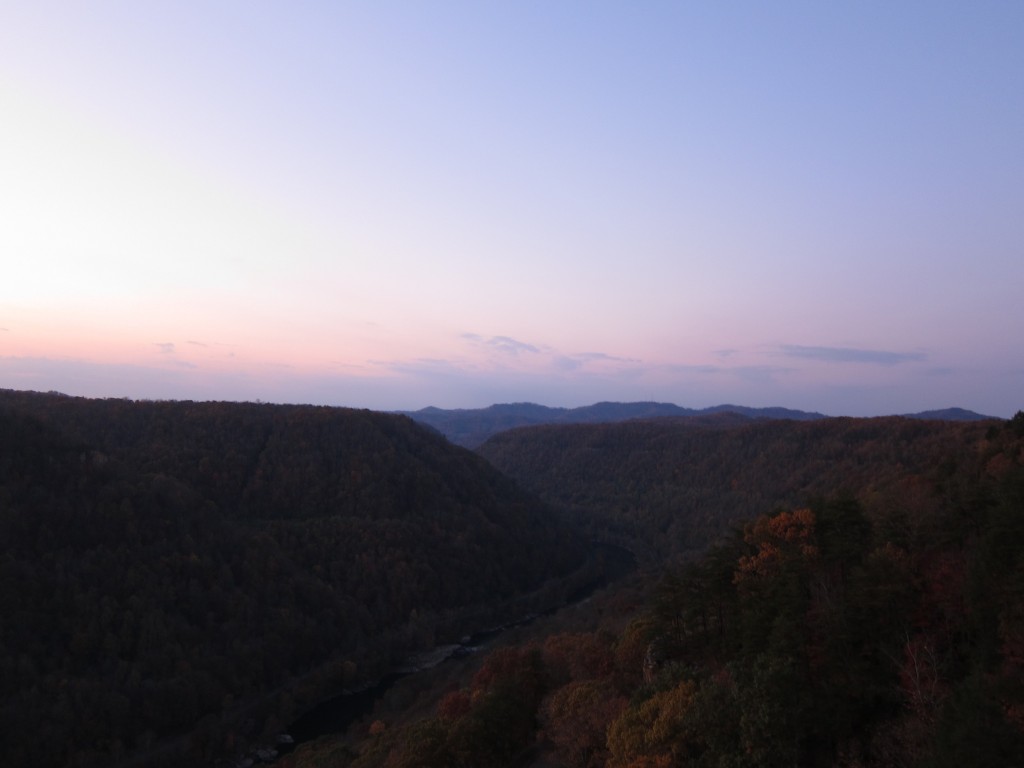
This is the view from the New River Gorge Bridge, which is one of the longest and highest arch bridges in the world. The area is home to many adventure sports and a strong tourist industry. In the distance, you can see the Gauley Mountain area that was threatened by mountaintop removal.
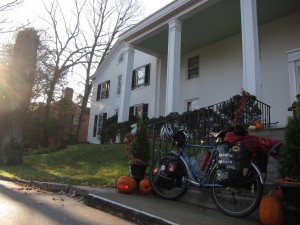
I spent Halloween in the General Lewis Inn, which is widely considered to be haunted. Great place. No ghosts. Thanks to the folks there for taking in a wayfaring cyclist!

 While mountaintop removal is far from a simple issue, my hope is that we can minimize its effects through awareness. Christians cannot ignore the suffering that we create through our demand for energy. As we face a time of transition related to climate change, it is increasingly important that we place our love of neighbor at the forefront of our decision-making. When we consider our energy habits, we also need to consider how our behavior facilitates our love of God. What distracts us from God? What draws us nearer to the divine? How do our habits influence our spiritual well-being?
While mountaintop removal is far from a simple issue, my hope is that we can minimize its effects through awareness. Christians cannot ignore the suffering that we create through our demand for energy. As we face a time of transition related to climate change, it is increasingly important that we place our love of neighbor at the forefront of our decision-making. When we consider our energy habits, we also need to consider how our behavior facilitates our love of God. What distracts us from God? What draws us nearer to the divine? How do our habits influence our spiritual well-being?
Until we meet again
Standing more firmly upon our mountains
Than we thought possible



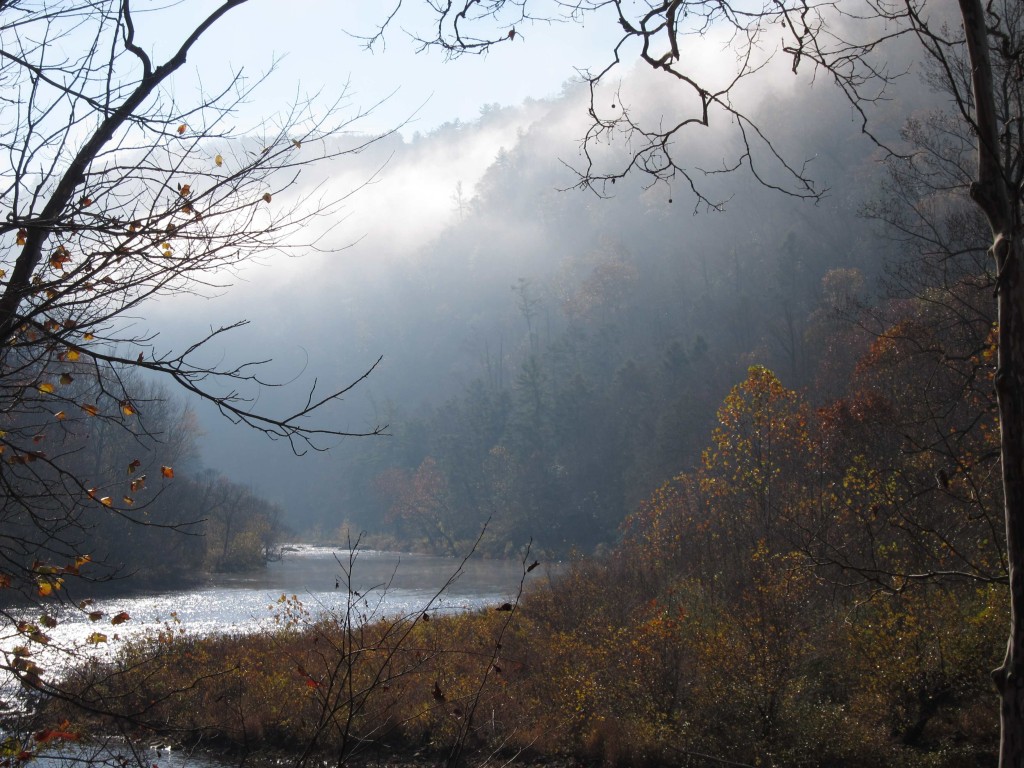
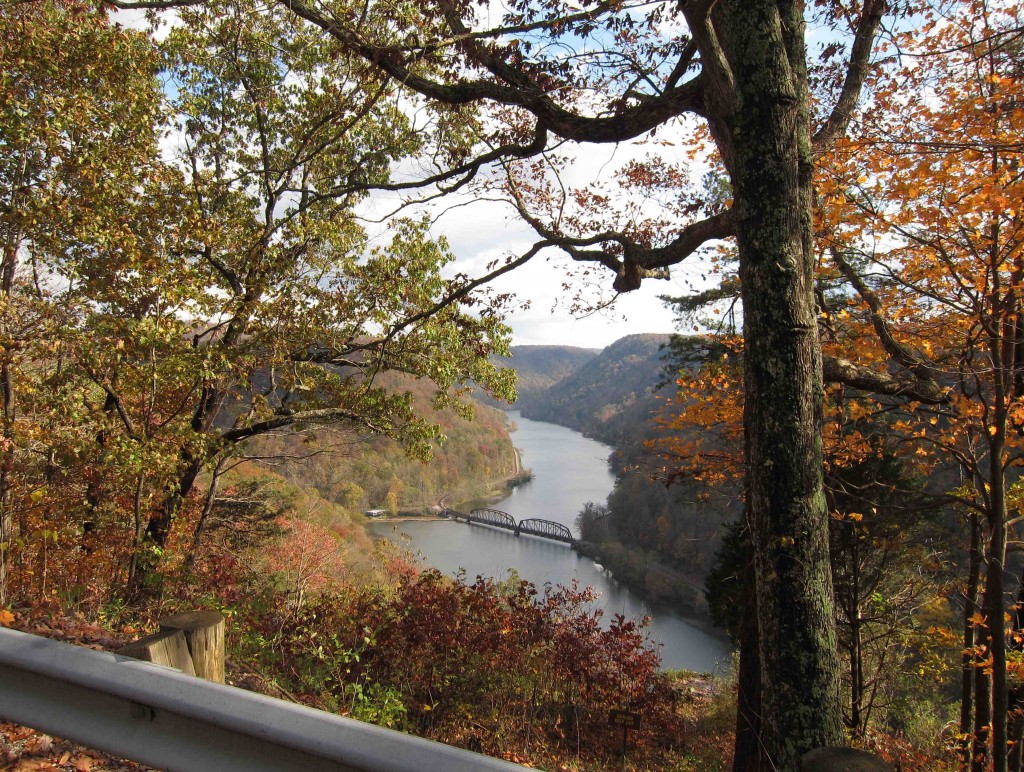

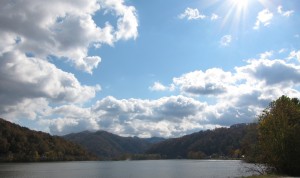

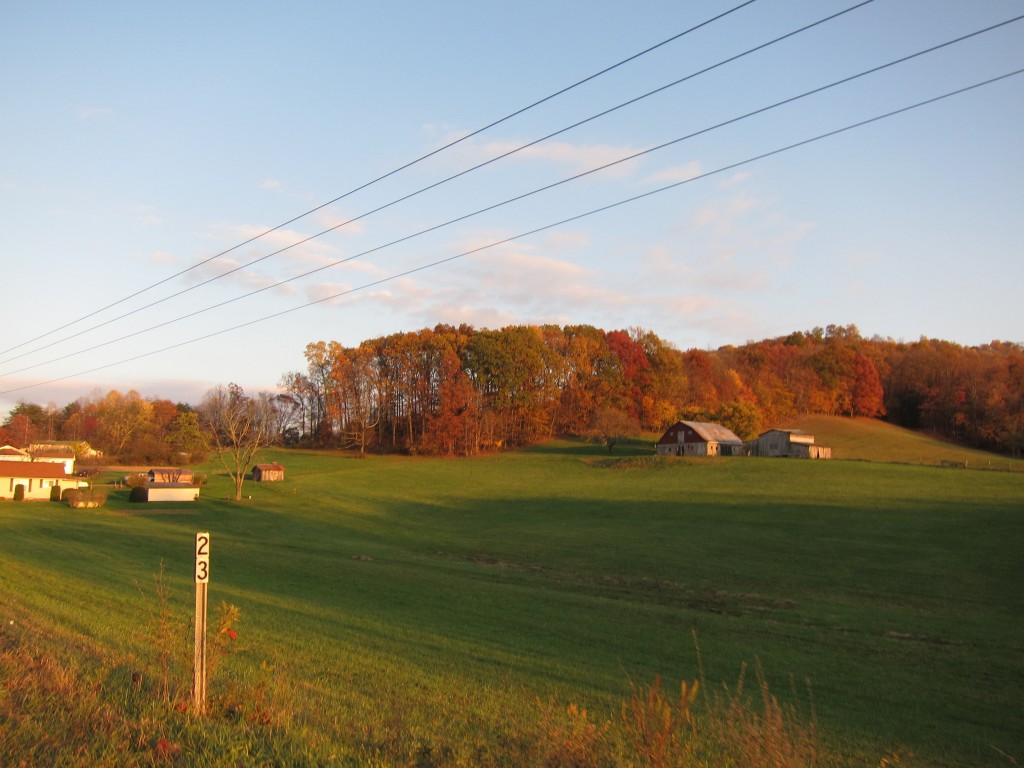
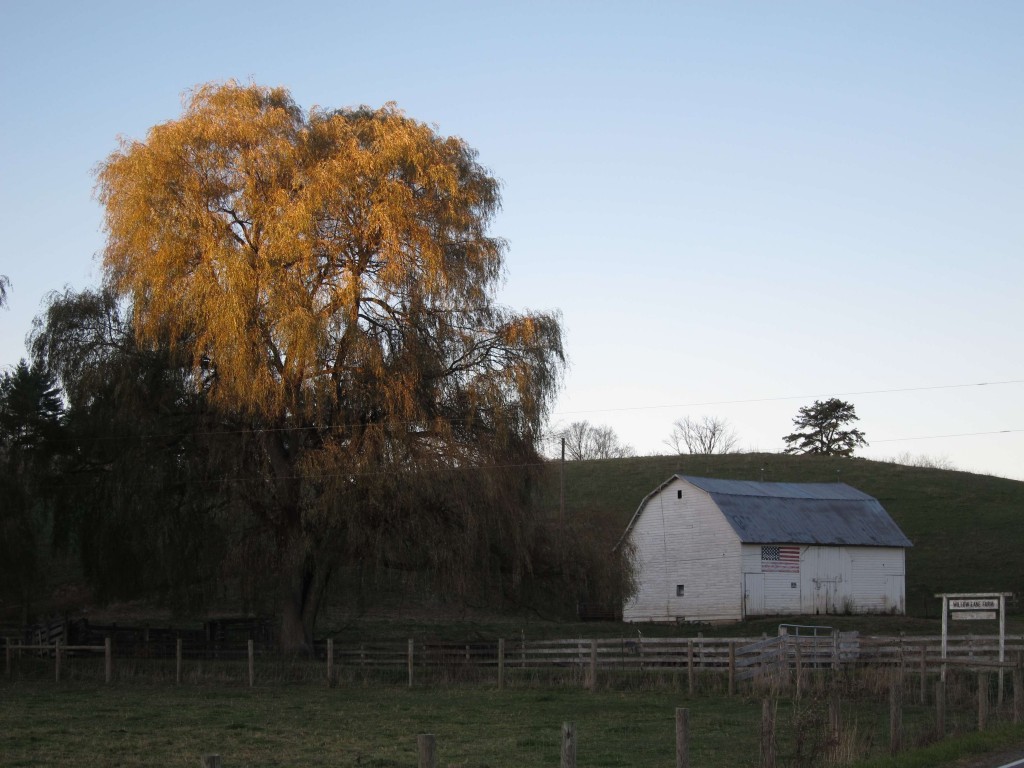
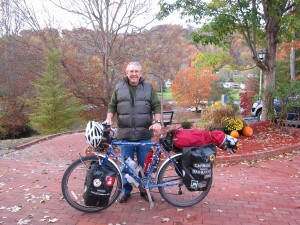

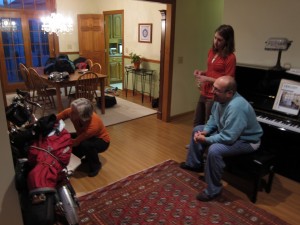

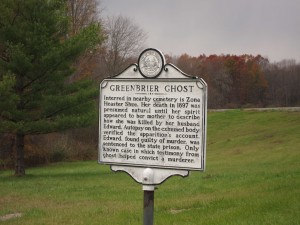
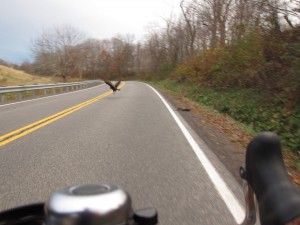
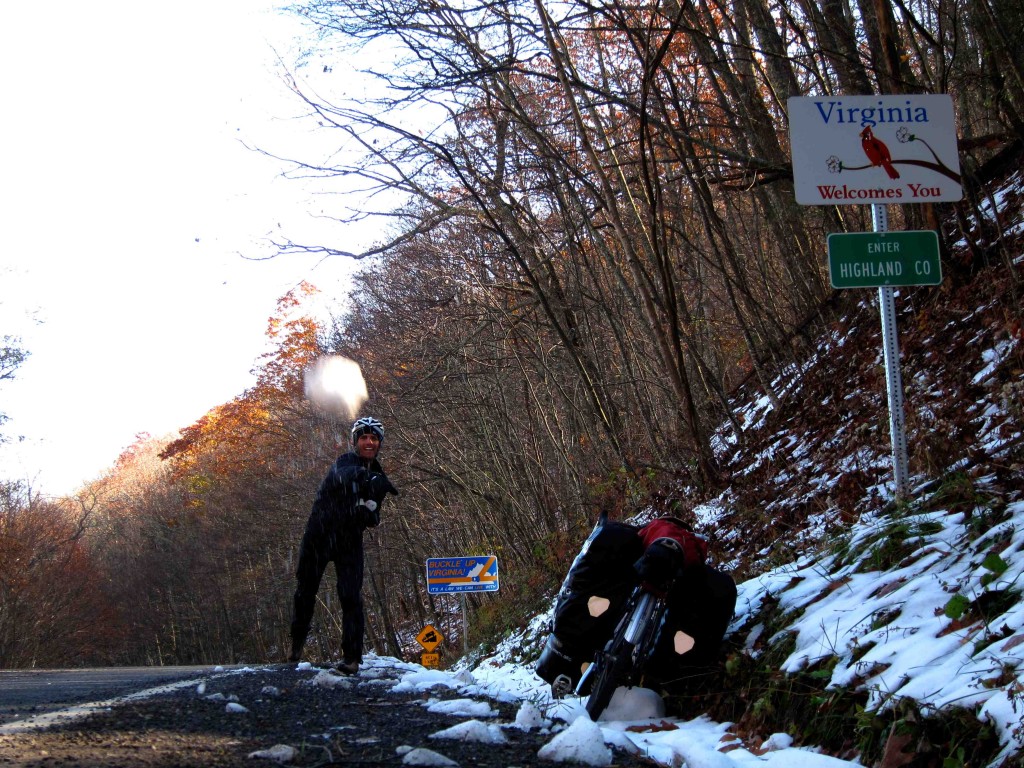


![Greenbrier 1]2](https://amovingstillness.com/wp-content/uploads/2011/11/Greenbrier-12-300x225.jpg)
